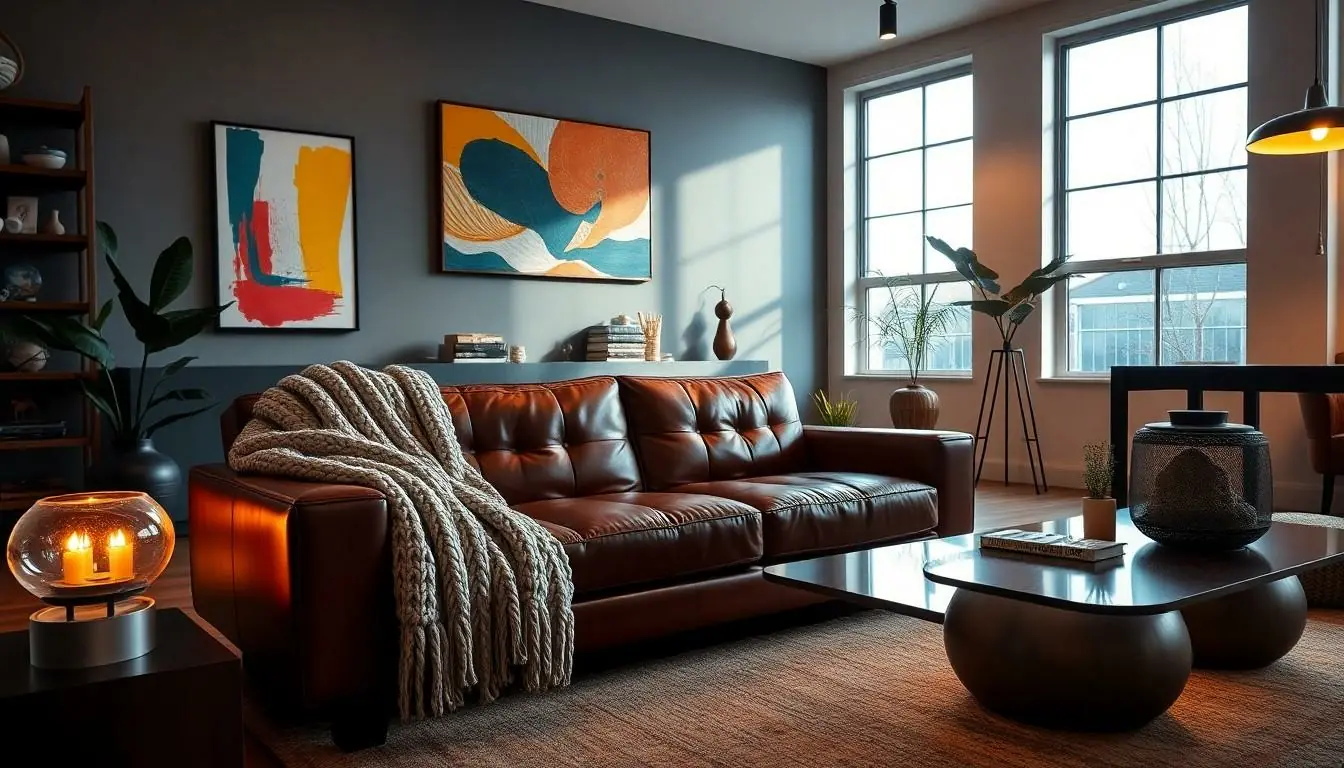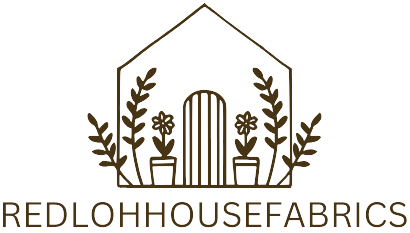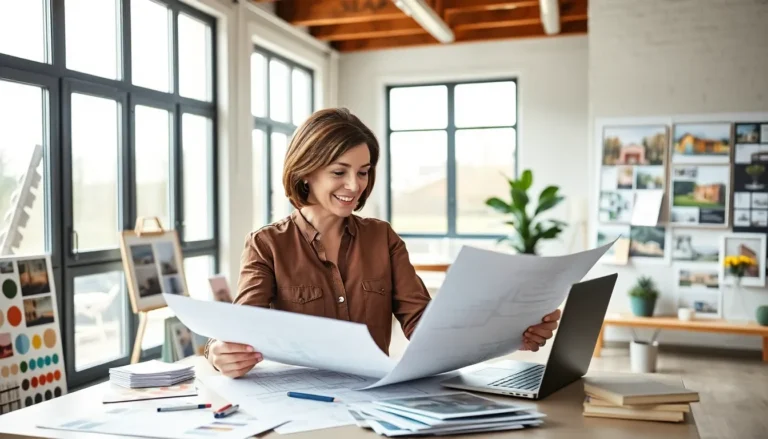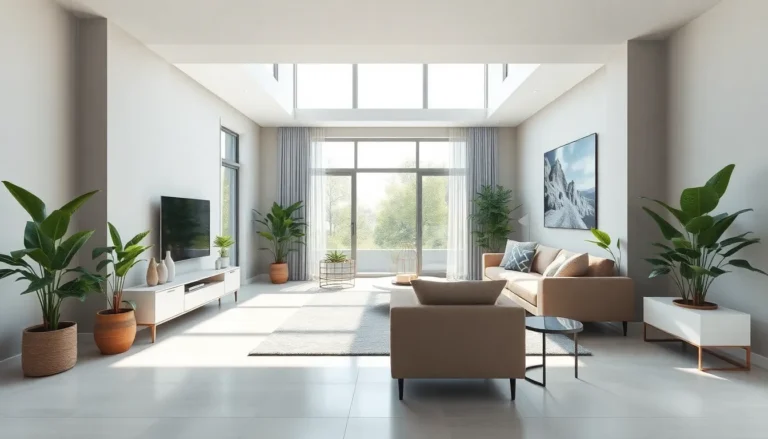Table of Contents
ToggleIn a world where bland walls and uninspired furniture reign supreme, emphasis interior design swoops in like a superhero ready to save the day. It’s all about creating spaces that not only look good but also tell a story, making every room feel like a cozy hug or a lively party. Who wouldn’t want their living room to double as a conversation starter?
Overview of Emphasis Interior Design
Emphasis interior design centers on creating spaces that stand out visually and resonate emotionally. It prioritizes elements that draw attention, transforming ordinary environments into extraordinary ones. Through strategic use of color, texture, and lighting, designers establish focal points that guide the viewer’s experience.
Rooms designed with emphasis often feature key design elements that make a strong statement. Bold artwork, unique furniture selections, and striking architectural details serve as conversation starters. These components not only enhance aesthetic appeal but also contribute to the overall narrative of the space.
Effective emphasis interior design incorporates principles that ensure harmony and balance. On one hand, too many focal points can overwhelm a space; on the other hand, well-placed elements create a streamlined look. Designers consider scale, proportion, and spatial relationships, leading to coherent layouts that invite exploration.
Additionally, this design approach adapts seamlessly to various styles, from minimalist to eclectic. Each style offers opportunities to highlight distinctive features and personal tastes. Implementing emphasis not only beautifies a space but also enhances functionality, making it practical for daily use.
Incorporating personal stories through design enhances connection and relevance. Items with historical significance or memorable experiences become part of the overall aesthetic. This thoughtful integration fosters a sense of belonging, inviting warmth and personality into each room.
Key Elements of Emphasis Interior Design

Emphasis interior design revolves around several essential elements that create engaging and vibrant spaces. Two critical aspects include color and texture, along with lighting techniques, both of which play significant roles in establishing focal points.
Color and Texture
Color and texture shape the emotional landscape of a room. Designers often use bold colors to catch attention; rich tones invite warmth, while bright shades create energy. Textures, such as smooth fabrics or rough finishes, introduce contrast and depth. Combining various materials enhances visual interest; for example, pairing a sleek leather sofa with a knitted throw promotes a cozy atmosphere. Maintaining a balanced palette helps unify these elements, showcasing focal points that resonate with personal style.
Lighting Techniques
Lighting techniques significantly impact how design elements are perceived. Different types of lighting can highlight specific areas, creating drama or calmness. Ambient lighting provides overall illumination, while accent lighting directs focus on artistic pieces or architectural details. Using dimmers allows for versatile mood settings within the same space. Natural light, when maximized through window treatments, amplifies vibrancy and fosters a welcoming environment. Overall, thoughtful lighting choices enhance the narrative established by colors and textures.
Benefits of Emphasis in Interior Design
Emphasis in interior design enhances visual appeal by directing focus to specific elements within a space. Strategic placement of bold artwork or striking furniture captures attention, ensuring an engaging atmosphere. Design becomes more than aesthetics; it tells a story, encouraging emotional connections among occupants.
Functionality experiences a boost when key features draw interest. Elements compellingly integrated into the layout facilitate navigation and interaction, promoting a fluid experience. Vivid colors, inviting textures, and well-placed lighting collectively contribute to an environment that feels personalized and unique.
Fostering a sense of identity occurs through the use of emphasis techniques. Spaces reflect the personal tastes of residents, cultivating an inviting vibe for guests. Cohesion emerges as designers blend personal narratives with functional design, resulting in a balanced yet dynamic look.
Style diversity thrives through emphasis, making it suitable for various design preferences. Whether minimal or eclectic, emphasis techniques adapt seamlessly, highlighting distinct features while preserving overall harmony. Choices made in the design process lead to transformative environments that resonate with the people who inhabit them.
Ultimately, emphasizing particular elements can elevate a space, creating lasting impressions that inspire and comfort. By prioritizing focal points, designers encourage exploration, making every visit an experience worth savoring.
Real-Life Applications of Emphasis Interior Design
Emphasis interior design application varies between residential and commercial spaces, showcasing its versatility.
Residential Spaces
In residential spaces, emphasis creates inviting environments that reflect personal stories. Designers often utilize bold artwork as focal points, drawing attention and sparking conversation. Unique furniture pieces, such as a statement chair or a custom-built bookshelf, serve as functional art while enhancing the room’s character. Strategic use of color helps to unify elements, promoting warmth and comfort throughout each area. Lighting also plays a crucial role; accent lights can highlight specific features like a gallery wall, enhancing the overall atmosphere. Ultimately, these elements together cultivate a harmonious home that resonates with both residents and visitors.
Commercial Environments
In commercial environments, emphasis interior design establishes a lasting impression on clients while promoting brand identity. Unique features, like an eye-catching reception desk or vibrant wall graphics, capture attention upon entry. Color schemes tailored to reflect the company’s values or culture create an engaging atmosphere conducive to productivity. Thoughtful spatial planning guides movement, enabling smooth navigation through high-traffic areas. Utilizing adjustable lighting further enhances the experience, enabling transitions from daytime energy to evening intimacy. All these components work together to elevate the brand’s presence and create memorable experiences for patrons and employees alike.
Trends in Emphasis Interior Design
The emphasis in interior design evolves continually, reflecting contemporary tastes and technological advancements. Bold colors dominate many designs, bringing energy to spaces. Designers increasingly favor eco-friendly materials that add character while promoting sustainability. Unique furniture pieces capture attention and serve as focal points, enhancing emotional connection within the environment.
Textures play a crucial role in modern emphasis interior design. Velvet sofas, woven rugs, and metallic accents create distinct sensations, inviting tactile experiences. Layering different textures can evoke warmth and comfort, making spaces feel more inviting. Lighting techniques adapt to enhance these elements, with dramatic fixtures and spotlights highlighting key features.
Tech integration trends also influence emphasis design approaches. Smart home technologies allow customized lighting and temperature controls, fostering personalized experiences. Additionally, virtual reality tools assist designers in visualizing and adjusting focal points before execution. Augmented reality apps empower homeowners to preview design changes in real-time, simplifying decision-making.
Open-concept layouts remain popular, encouraging fluid transitions between spaces. By strategically placing emphasis elements within these layouts, designers guide movement and focus. Wall art and statement pieces draw the eye while creating distinct zones. Multi-functional furniture adds practicality, ensuring spaces serve diverse purposes.
Blending styles continues to rise, with designers embracing eclectic aesthetics. Mixing vintage and contemporary pieces creates visual intrigue. Personalization enhances the uniqueness of each space, as homeowners incorporate items that tell their stories. Ultimately, these trends shape emphasis interior design, making it dynamic and relevant for modern living.
Emphasis interior design transforms spaces into captivating environments that resonate with residents and guests alike. By prioritizing focal points through color, texture, and lighting, designers craft unique narratives that enhance both beauty and functionality. This approach not only elevates aesthetic appeal but also fosters emotional connections and a sense of belonging.
The adaptability of emphasis techniques ensures that every space reflects personal tastes while maintaining harmony. As trends evolve, the integration of bold elements and innovative technologies keeps emphasis design fresh and relevant. Ultimately, it creates memorable experiences that invite exploration and inspire comfort, making every room a true reflection of its inhabitants.


